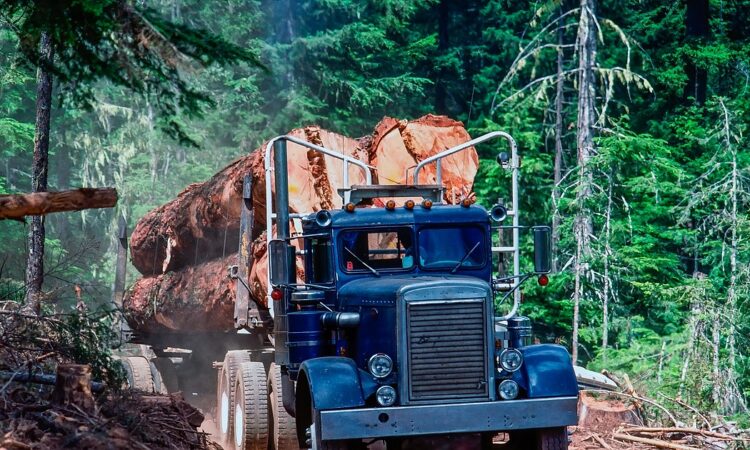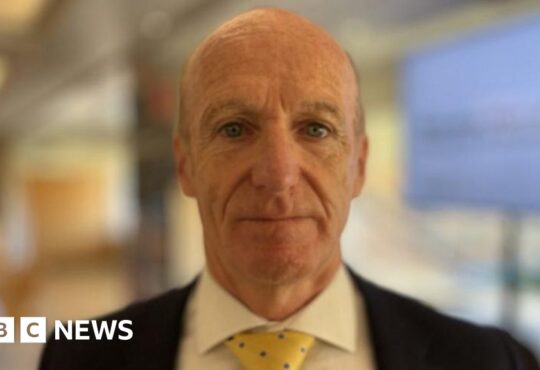
When a farmer plants a crop, they think in years, always planning for the short-term and doing enough to keep their business afloat till the next crop.
On its face, the timber industry isn’t that different. Both focus on agriculture, working with the land and growing a product that is used in nearly every facet of our daily lives. However, there remains a stark difference in the timeframe, according to Patrick Marolla, Inland North Region manager at Manulife Investment Management.
“As a forester, we are thinking in decades, not years,” Marolla said. “Depending on the area, most likely we wouldn’t be back for 45-50 years to do another harvest and in some areas, in higher elevation or lower site quality, it might be 70-80 years.”
Marolla is tasked with overseeing hundreds of thousands of acres of timberland across Northeastern Washington and North Idaho. He said his primary responsibility is taking care of the land to ensure that the company can continue harvesting the land for timber in the decades to come.
The process that ensures there’s always a bountiful harvest is a simple idea, reforestation, planting new trees to take the place of the ones cut down.
“Why we’re doing [reforestation], is that it is our investment in the lands,” Marolla said. “By investing back into the lands, you’re creating value in the future.”
Since 1974, with the passing of the Forest Practices Act, reforestation of lands has been required by the state of Idaho for the majority of timber harvesting operations.
Kyle Seigley, who manages endowment acres at the Idaho Department of Lands, echoed a similar sentiment. He said reforestation is key to the sustainability of the local forests and the timber industry as a whole.
“Sometimes with time forests do come back, but with the reforestation requirements, it guarantees that those areas that are managed intensively are reforested quickly,” Seigley said.
While the idea is simple, the process isn’t as straightforward as planting a seedling in the ground. Marolla said that for his company, reforestation begins shortly after the logging process is complete.
From there, Marolla said his team works to prep the land for the new seedlings, burning any excess slash and applying a chemical herbicide treatment where necessary. Marolla said these tasks are done to give the burgeoning trees the best chance for survival.
Seigley said these efforts can often leave areas looking worse in the short term, primarily due to how small the seedlings are when they are planted. He said that the practice puts the trees on a pace for better growth and that in five years the green will return back to what residents are used to seeing.
“Aesthetically, you look up at the hill it might look brown but believe it that’s going to give the seedlings the resources they need to grow,” Seigley said. “The short-term aesthetics are impacted, but then a few years down the road you’ll be able to see those trees grow healthy and quickly.”
The IDL has minimum requirements for how many trees must be planted on an acre of land at once, but both Seigley and Marolla said they typically aim for double the amount or around 300 trees per acre.
Once the saplings are brought in and planted, Marolla said they will spend the first two to three years closely monitoring the newly planted seedlings. He said they do constant check-ups to measure everything about the seedlings’ growth.
That monitoring period continues for the next several decades; Marolla said that he uses a detailed mapping and inventory system to keep track of the lands he oversees. After that time passes, loggers will once again return to the land to restart the process all over again.
Marolla said he feels that the process of reforestation is under appreciated because of its simple concept.
“There’s a lot that goes into the details, in terms of what foresters are planning,” Marolla said. “It’s really a long-term investment into the future of the region. Not even just for us as a landowner, but collectively as an industry and preserving those forests for future generations.”





